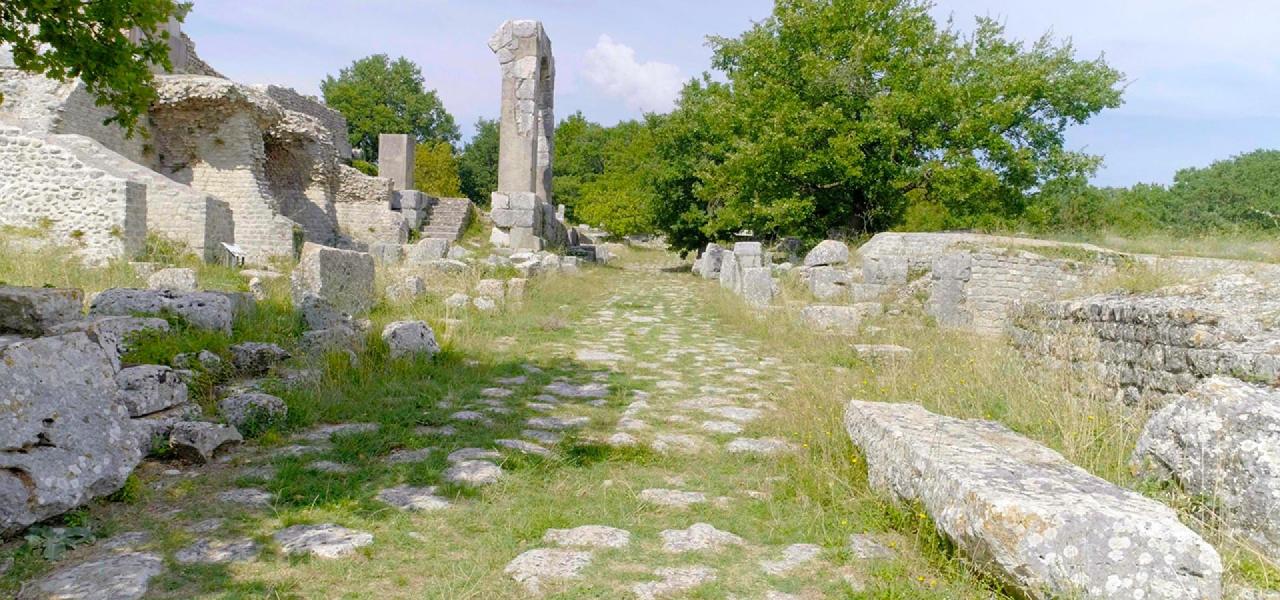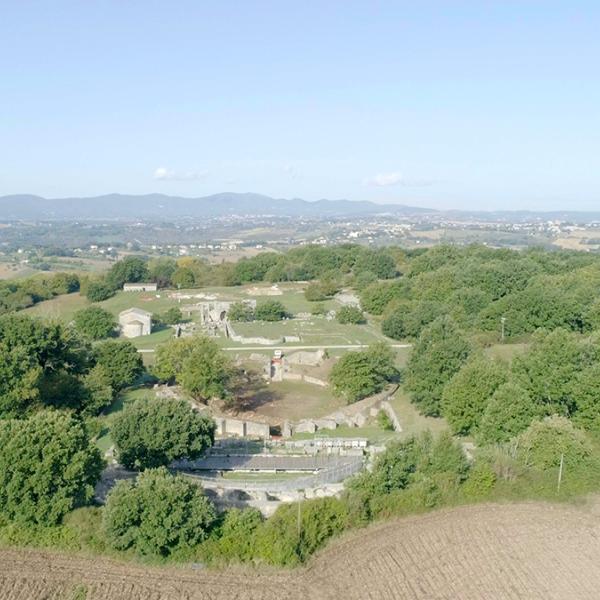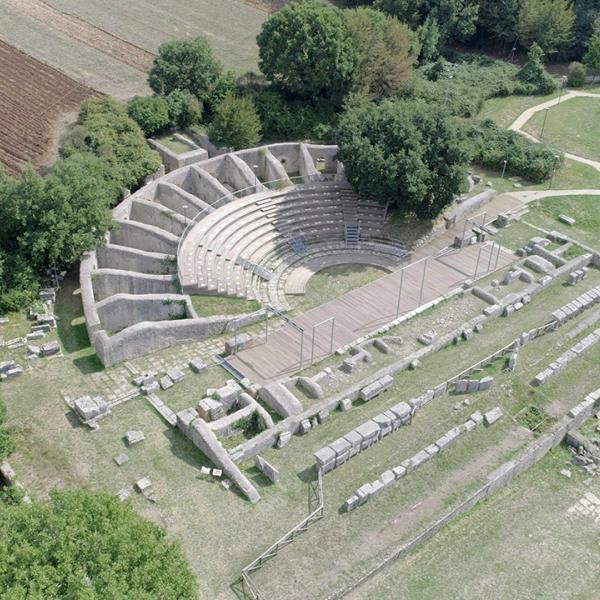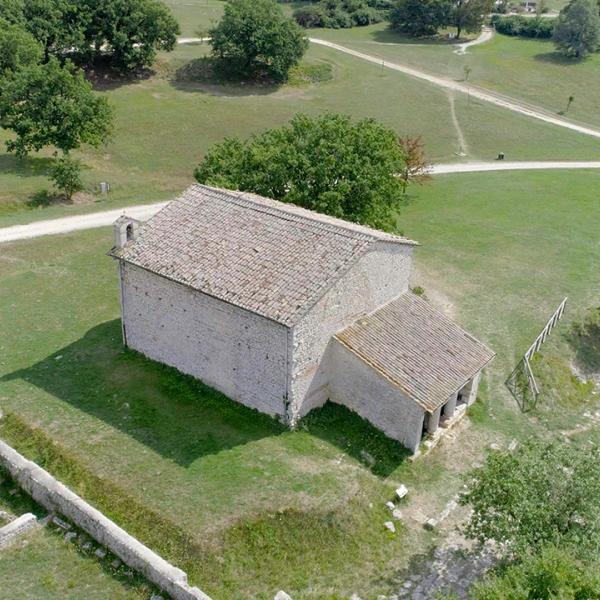The Archaeological Area of Carsulae
The settlement of Carsulae was most probably born around the end of the 3rd cent B.C., with the conclusion of the Romanisation process of Umbria, followed by the construction of the western stretch of Via Flaminia in 220 B.C.
The Republican period is currently the least known, as the town received a grandiose monumentalisation in the Augustan era, which gave it the guise that can still be appreciated today and which overlapped the more ancient phase.
The town experienced a very flourishing period for most of the Imperial age, as the available epigraph heritage informs us, until the beginning of the 4th cent. A.D. From that moment a slow decline begins which will then culminate in the abandonment of the centre, to be placed at the beginning of the 5th cent. A.D at least, as is well demonstrated by the latest excavation campaigns.
The motivation is to be found in the absence of a surrounding wall and poor defendability of the site in a period in which Rome could no longer guarantee any type of security.
At the moment only a small part has been excavated, most of it by Umberto Ciotti, between 1951 and 1972.
The Visitor and Documentation Centre houses the ticket office and a selection of finds discovered during the excavation campaigns.
For more information: http://carsulae.site/








